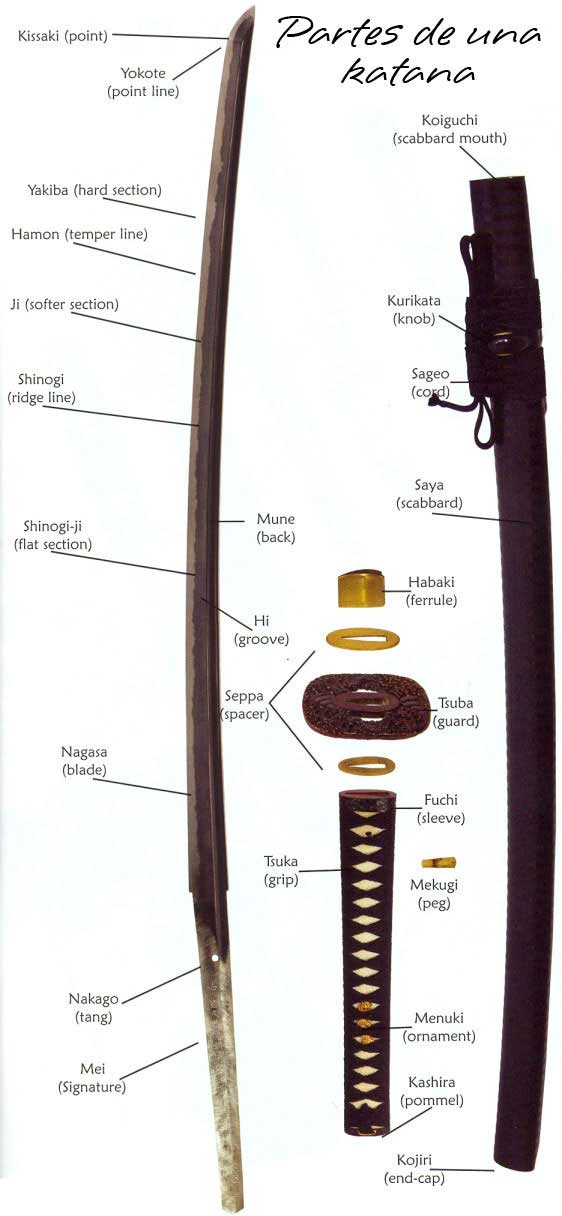What is the Koiguchi?
The Koiguchi is the opening located at the top of the scabbard of a katana, the emblematic traditional Japanese sword. This component is crucial for the functioning of the katana, as it allows for the smooth insertion and extraction of the blade. Depending on the design and construction of the katana, the Koiguchi can vary in both style and material, giving it a unique and personalized character.
Generally, the Koiguchi can be made from various materials such as wood, horn, or ivory. Additionally, it can be adorned with intricate engravings and designs that reflect the family history and culture of the samurai warrior who possesses it. This aesthetic detail not only enhances the beauty of the katana but can also carry deep symbolic significance.
From a functional standpoint, the design of the Koiguchi must be meticulous: it should be narrow enough to securely hold the blade, preventing it from moving or falling, but also wide enough to allow for a smooth sliding action when drawing or sheathing the katana. This interaction is essential not only for practical use but also for the characteristic sound produced when drawing the katana, known as nukitsuke.
Caring for the Koiguchi is essential for the preservation and effectiveness of the katana over time. It is advisable to keep it clean and lubricated regularly to prevent oxidation and corrosion. Moreover, it is crucial to protect it from any physical damage or scratches, as any imperfection could compromise its function and the safety of the blade's tang of the katana.

In conclusion, the Koiguchi is not only a functional component but also embodies Japan's rich cultural heritage and the art of sword forging. Understanding and appreciating the importance of the Koiguchi contributes to a greater respect for samurai traditions and the craftsmanship behind each katana.
















